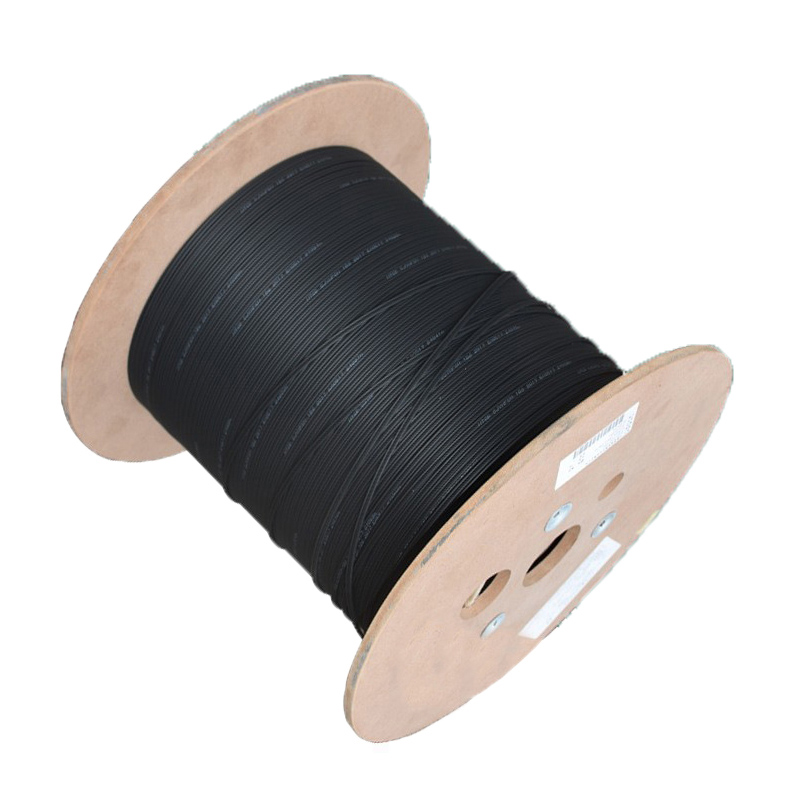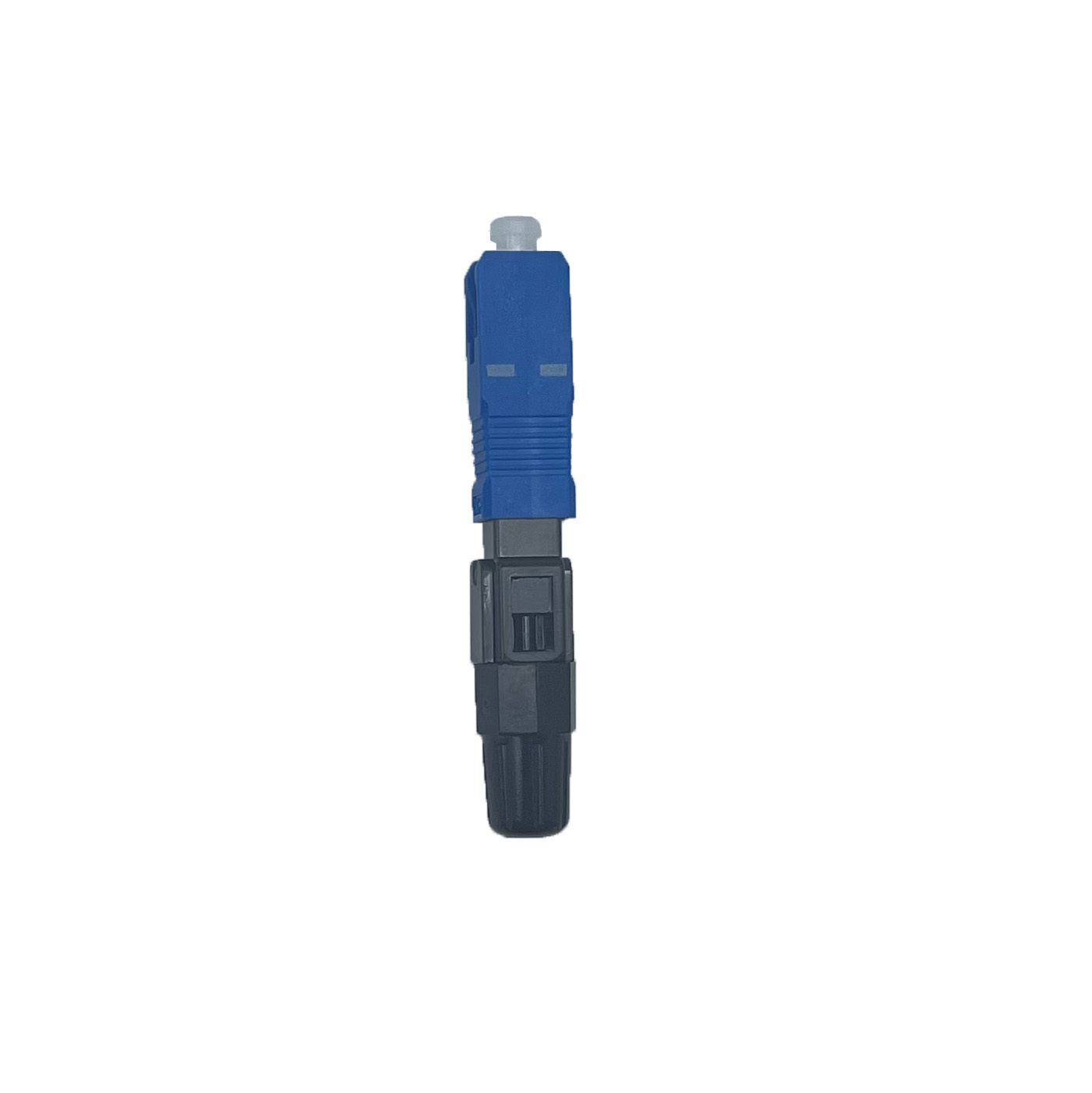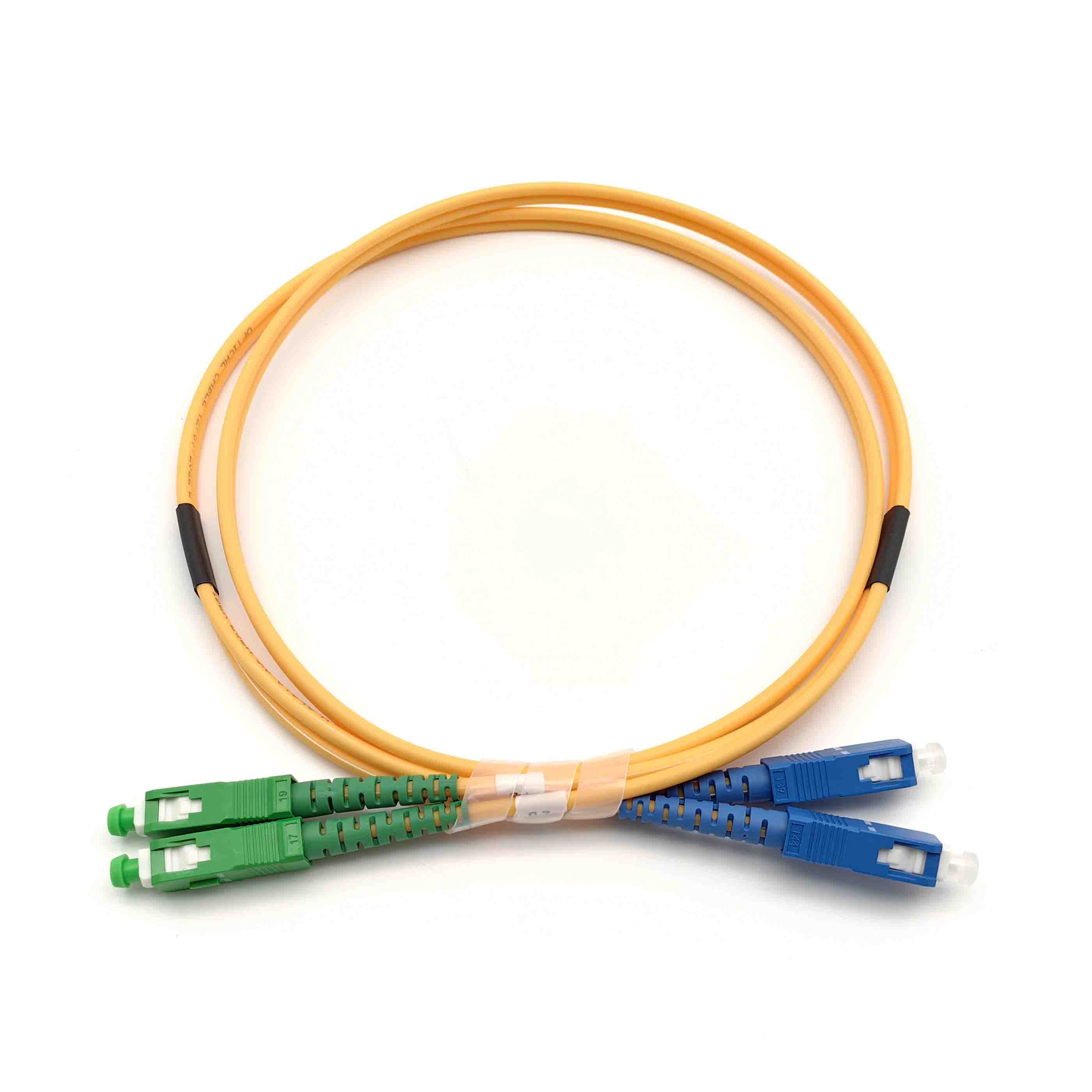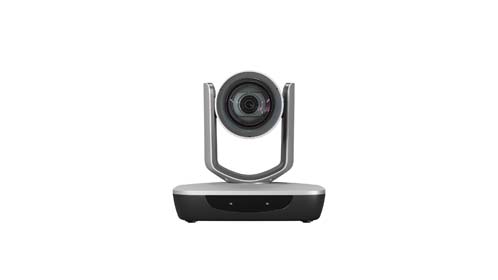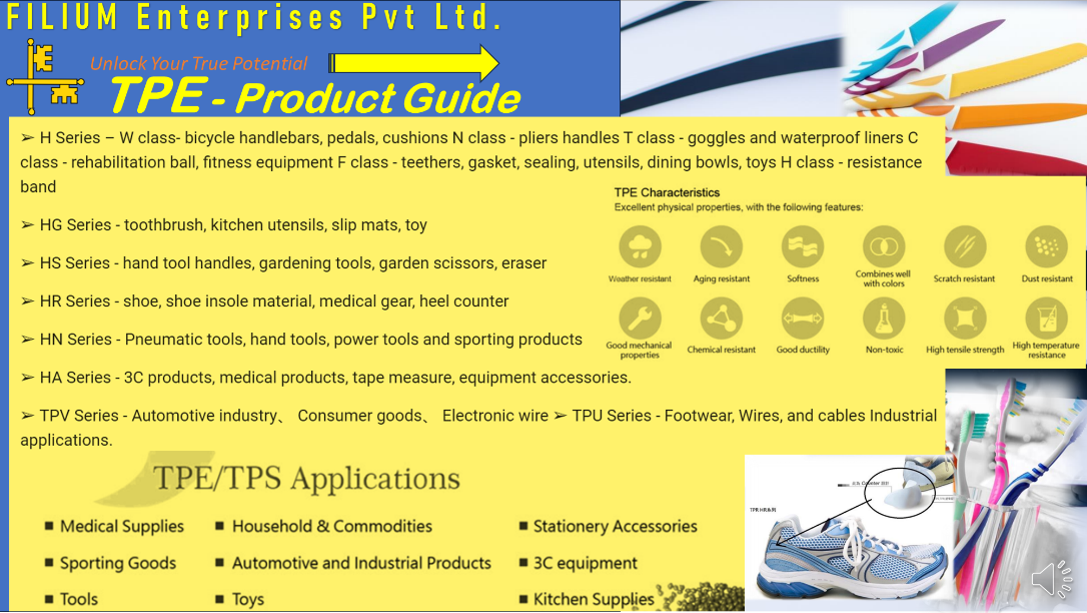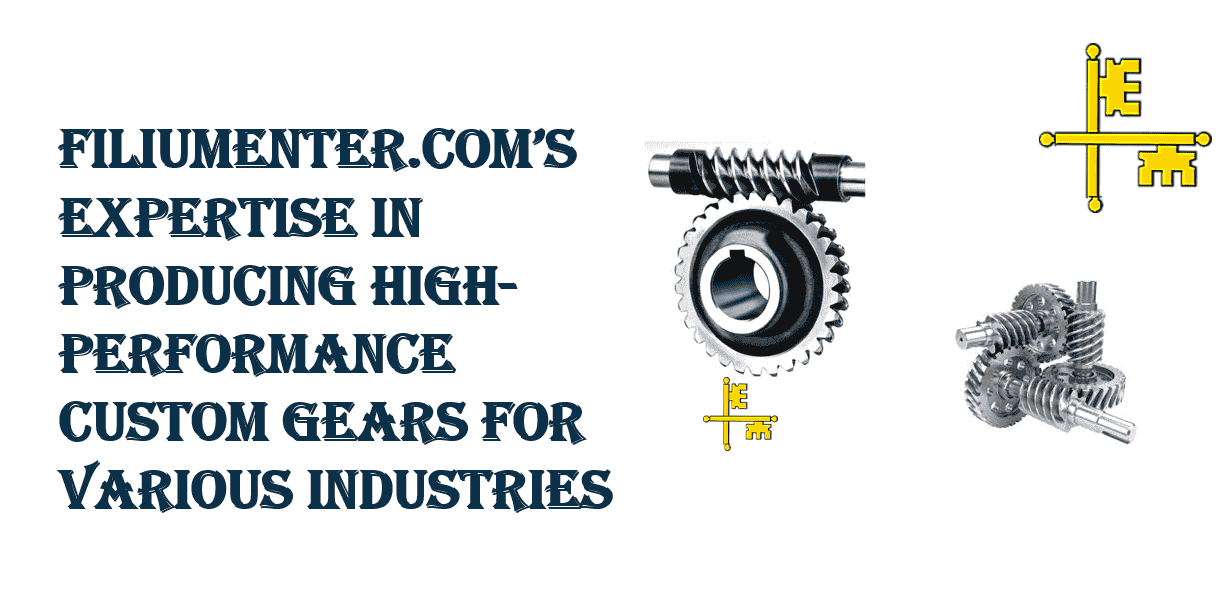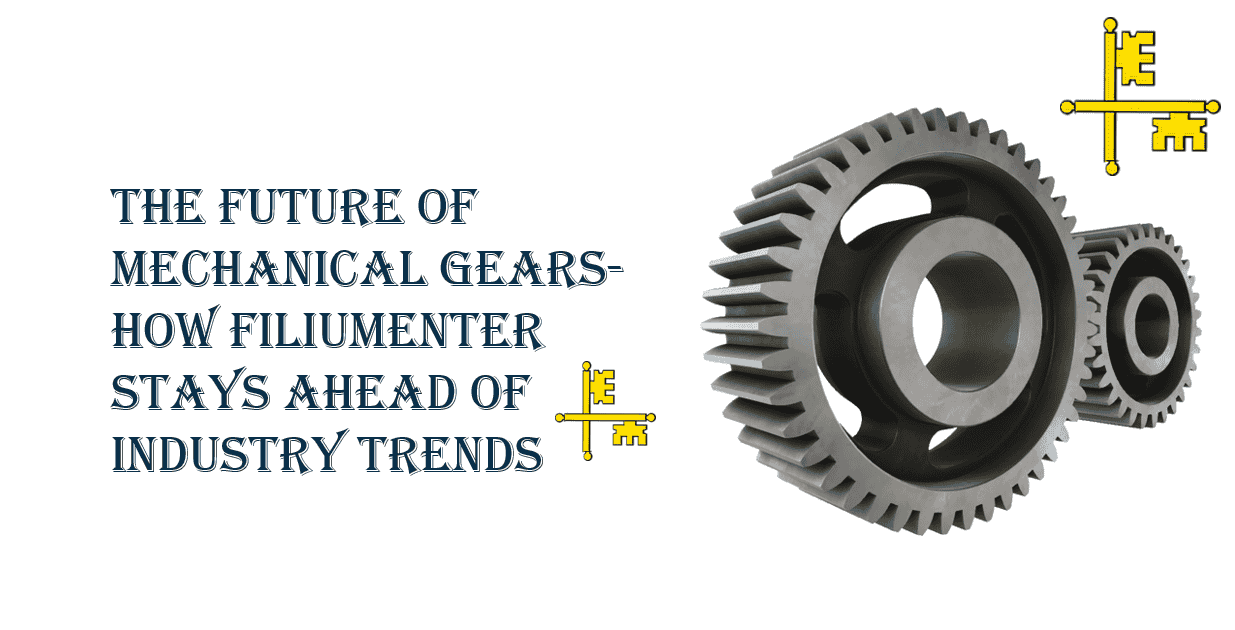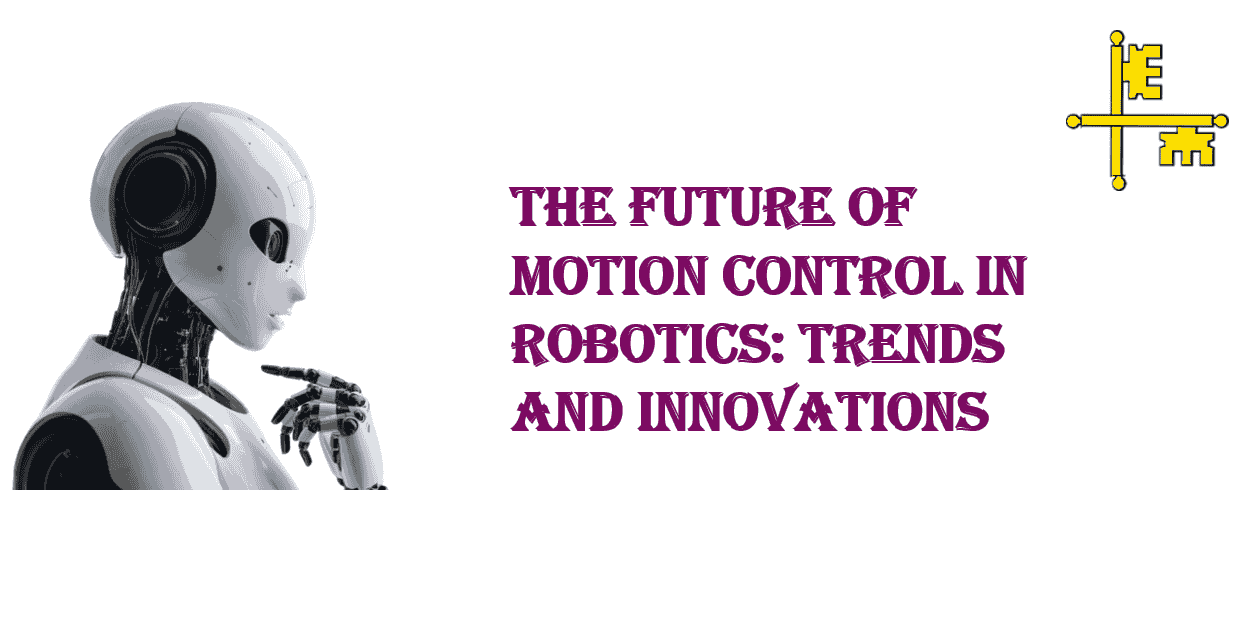Understanding Gearbox and Drive System Integration for Heavy Machinery
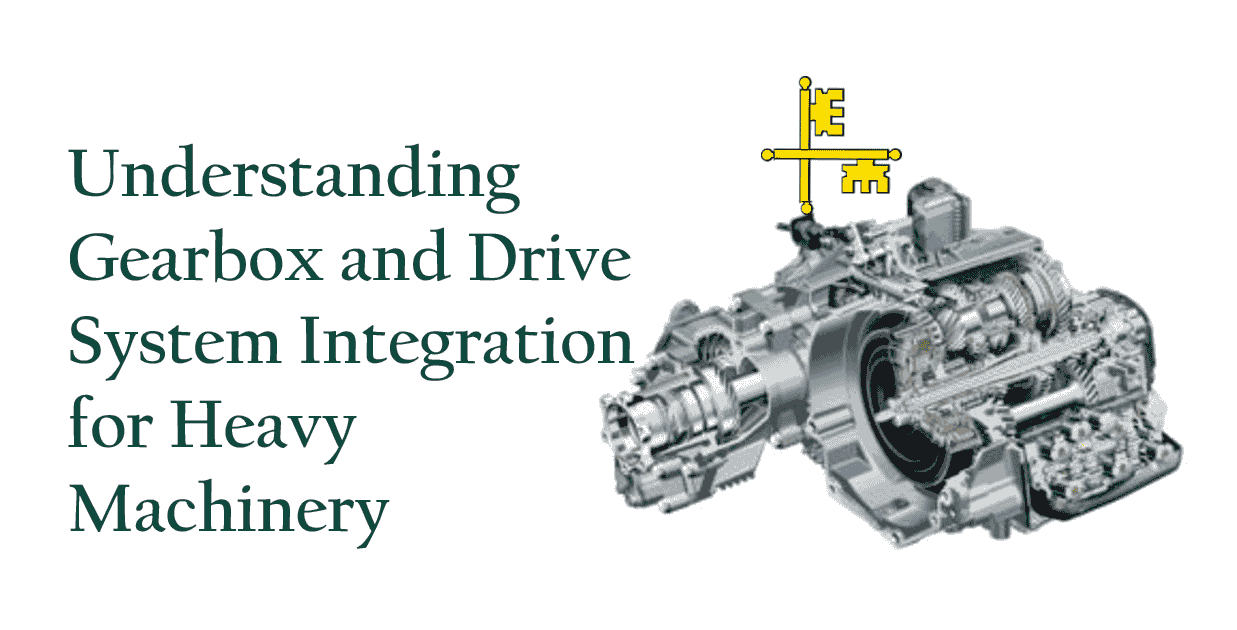
Understanding Gearbox and Drive System Integration for Heavy Machinery
In the realm of heavy machinery, efficiency, durability, and reliability are critical factors that can make or break a project. One of the essential components that contribute to the smooth functioning of such machinery is the gearbox. Along with its counterpart, the drive system, gearbox integration plays a significant role in ensuring optimal performance. This article aims to provide a clear understanding of gearbox and drive system integration for heavy machinery, highlighting their importance and how they work together for enhanced productivity.
Table of Contents
- Introduction
- What is Gearbox Integration for Machinery?
- The Role of Drive Systems for Heavy Machinery
- How Gearbox and Drive System Work Together
- Benefits of Proper Gearbox and Drive System Integration
- Challenges in Gearbox and Drive System Integration
- Conclusion
What is Gearbox Integration for Machinery?
A gearbox is a mechanical device that is used to transfer power from one component to another within a machine, typically to control the speed and torque. In heavy machinery, the gearbox is often a critical component for converting the engine’s power into usable motion for various applications like lifting, digging, or driving. The gearbox may either increase or decrease the output speed, depending on the machine's requirement.
Gearbox integration for machinery refers to the seamless incorporation of the gearbox into the machinery's overall design and drive system. This integration ensures that the gearbox works effectively in unison with other components, such as the motor, drive shafts, and the load-bearing systems, to achieve smooth and efficient operations. Proper integration ensures that the gearbox operates under optimal conditions, reducing the risk of malfunctions, downtime, and costly repairs.
The Role of Drive Systems for Heavy Machinery
Drive systems for heavy machinery play a pivotal role in transmitting mechanical power from the engine to the working parts of the equipment. These systems typically include the gearbox, motor, couplings, and drive shafts, all working in tandem to provide the necessary torque and rotational speed to perform the machinery's tasks. The drive system’s primary function is to convert the engine's power into controlled and directed motion.
In heavy machinery, such as bulldozers, cranes, excavators, and mining trucks, the drive system must be designed to handle high loads and operate in challenging environments. It is crucial that the system is built with durability and efficiency in mind to ensure that the machine can perform under extreme conditions. The drive system’s components must work together harmoniously, with each part contributing to the overall performance, ensuring that the machine can perform demanding tasks with precision and minimal maintenance.
How Gearbox and Drive System Work Together
The gearbox and drive system are inextricably linked in their function, working together to transmit power and motion to the machinery. The gearbox is responsible for adjusting the speed and torque of the power coming from the engine, while the drive system is responsible for transferring that power to the relevant mechanical components, such as wheels, tracks, or arms.
-
Power Transmission: The engine generates power, but it’s the gearbox that determines how this power is distributed and utilized. Depending on the application, a gearbox may increase or reduce the output speed. Once the gearbox modifies the output, the drive system takes over and transfers this power to the working parts.
-
Torque Control: Gearboxes allow precise control over torque, which is essential for heavy machinery operations. For example, machinery that lifts heavy loads, such as cranes or excavators, requires high torque for smooth lifting. The gearbox steps in to modify the torque from the engine to match the requirements.
-
Speed Adjustment: Different tasks require different speeds, and the gearbox provides the necessary adjustments. Whether it’s reducing the speed for heavy lifting or increasing it for movement, the gearbox ensures that the machinery can operate efficiently at varying speeds. The drive system is responsible for applying the modified speed to the machine's operational functions.
-
Load Handling: In heavy machinery, there are varying load conditions, and the gearbox must adapt to these conditions. Whether the machine is moving over rough terrain, digging into soil, or lifting heavy materials, the gearbox works with the drive system to ensure that the machinery can handle these loads without undue stress on any individual component.
Benefits of Proper Gearbox and Drive System Integration
1. Improved Efficiency
When the gearbox and drive system are properly integrated, the machinery performs at peak efficiency. The optimized distribution of power ensures that the machinery uses less fuel, generates less heat, and requires less maintenance, which significantly reduces operational costs in the long run.
2. Enhanced Durability
A well-integrated gearbox and drive system can withstand the heavy loads and high stresses encountered in tough environments. The precision in the way these systems work together reduces wear and tear, increasing the overall lifespan of the machinery.
3. Reduced Downtime
Proper integration helps in minimizing the risk of breakdowns, reducing downtime significantly. With the gearbox and drive system working in sync, the machinery is less likely to experience mechanical failure, leading to higher productivity and fewer disruptions in operations.
4. Increased Productivity
When the gearbox is efficiently integrated into the drive system, it ensures that the machinery performs at its best under varying conditions. This leads to smoother and more reliable operations, enabling heavy machinery to complete tasks faster and more effectively, thus increasing productivity.
5. Customization
Many heavy machinery applications require customized solutions, particularly when dealing with specific tasks like high-torque lifting or high-speed transportation. Gearbox and drive system integration allow for customization, ensuring that machinery is tailored to meet specific operational needs, maximizing performance.
Challenges in Gearbox and Drive System Integration
While the integration of the gearbox and drive system is critical for machinery performance, it does come with its set of challenges:
-
Complexity: As machinery becomes more advanced, the integration of the gearbox with the drive system also becomes more complex. The integration process involves careful planning, engineering, and testing to ensure all components function together seamlessly.
-
Cost: High-quality gearboxes and drive systems can be costly. Investing in advanced systems may be financially burdensome, but the long-term benefits—such as reduced downtime, enhanced efficiency, and lower maintenance costs—can justify the initial investment.
-
Maintenance: Regular maintenance is crucial to ensure that the gearbox and drive system continue to function effectively. Neglecting maintenance can lead to component failure, resulting in costly repairs and downtime.
Conclusion
Understanding the role of gearbox and drive system integration for heavy machinery is essential for ensuring optimal performance and longevity. When these systems are designed and integrated properly, they enhance machinery efficiency, durability, and productivity, allowing heavy machinery to tackle demanding tasks with ease. Whether you're working in construction, mining, or any other heavy-duty industry, investing in high-quality gearbox integration for machinery and ensuring proper drive system alignment can lead to smoother operations and a more profitable business in the long run.
Related Products
Here are some relevant statistics and facts that can be included to enhance the article on gearbox and drive system integration for heavy machinery:
1. Global Construction Equipment Market Growth
- The global construction equipment market is projected to reach $268 billion by 2027, growing at a compound annual growth rate (CAGR) of 7.6% from 2020 to 2027 (Source: Grand View Research). This highlights the growing demand for efficient and durable machinery, where the integration of drive systems and gearboxes plays a key role in improving operational performance.
2. Efficiency of Gearbox and Drive Systems
- A properly integrated gearbox and drive system can increase the efficiency of machinery by 15-30% depending on the application. This is particularly true in high-torque, heavy-load machinery used in industries like mining, construction, and agriculture (Source: Falk Drives).
3. Fuel Consumption and Operational Cost Reduction
- Gearbox integration in heavy machinery is essential for fuel efficiency. Studies show that optimized powertrain systems, which include integrated gearboxes and drive systems, can reduce fuel consumption by up to 20% compared to inefficient setups (Source: Caterpillar).
4. Market Share of Gearbox Manufacturers in Heavy Machinery
- The global gearbox market for heavy machinery is valued at over $24 billion and is expected to grow steadily. Major players in the market include Siemens, ABB, and ZF Friedrichshafen, who have contributed to the advancement of gearbox and drive system integration technologies (Source: MarketWatch).
5. Impact on Machinery Downtime
- Proper integration of the gearbox and drive system can reduce the risk of mechanical failure and downtime by 25-40%. Well-maintained and integrated systems ensure that machinery operates continuously without unexpected breakdowns, improving overall project efficiency (Source: Construction Equipment Magazine).
6. Lifespan of Heavy Machinery with Integrated Systems
- Heavy machinery that employs advanced gearbox and drive system integration can have a significantly longer lifespan. Proper maintenance and integration can extend machinery life by 15-20% compared to machines with poorly integrated or outdated systems (Source: Komatsu).
7. Customization and Adaptation in the Mining Industry
- In industries like mining, where load conditions vary greatly, customized gearbox and drive system solutions are essential. For instance, in the mining sector, gearboxes with a torque range of up to 150,000 Nm are often required to handle the extreme demands of equipment like haul trucks and excavators (Source: Mining Technology).
